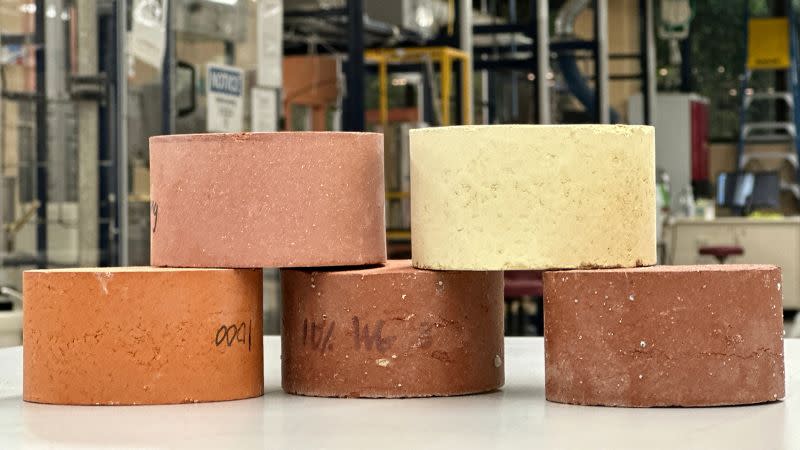First Recycled Plastics Building Material Facility Opens

Australia’s first soft plastics and e-waste recycling facility to create construction material has opened in Victoria.
The $2.5-million recycling CDRC Global facility was opened in Tottenham, Victoria, by state environment minister Steve Dimopoulos.
It is part of a push by Victoria to find ways to keep e-waste out of household rubbish and landfill. The facility creates a product billed as being environmentally friendly, called RESIN8.
Soft and hard plastics are processed into RESIN8 for use as part of concrete, masonry bricks, blocks, pavers and asphalt.
The product also has thermal insulation properties that give it an advantage over other materials, the company behind the product said.
About 6650 tonnes of hard and soft plastics (the equivalent of 330 garbage trucks) will be processed at the facility when it runs at full capacity. From that, 8300 tonnes of RESIN8 is produced.
The Hobsons Bay Council is currently trialling RESIN8, converting 1350kg of soft plastics into asphalt for a shire road project.
RESIN8 has previously been trialled for in a highway project in Costa Rica (top photo).
The $500,000 funding for RESIN8 by the Victorian Government to the tune of $500,000 as part of a larger $16.5 million to find ways to recycle e-waste.
The state is keen to try and find more opportunities to use RESIN8 in coming infrastructure projects with a goal of diverting 80 per cent of waste from landfill by 2030.
This goal is a part of a $515-million investment in transitioning the state to a circular economy.
Nominated council drop-off points or local transfer stations will accept e-waste while the program will also make use of soft plastics collected and stockpiled as part of the now-defunct RED Cycle program.
The project may also provide a way for developers and builders to access more energy efficient and cheaper materials for construction work under current economic conditions that have created supply chain concerns.

From scrap to bricks
Meanwhile, Australian engineers have invented energy-efficient bricks with scrap materials, including glass, that are normally destined for landfill.
RMIT University engineers collaborated with Visy—Australia’s largest recycling company— to make bricks with a minimum of 15 per cent waste glass and 20 per cent combusted solid waste (ash), as substitutes for clay.
Test results indicate that using these bricks in the construction of a single-storey building could reduce household energy bills by up to 5 per cent compared to regular bricks, due to improved insulation.
Replacing clay with waste materials in the brick production helped reduce the firing temperature by up to 20 per cent compared with standard brick mixtures, offering potential cost savings to manufacturers.
Team leader Associate Professor Dilan Robert said about 1.4 trillion bricks were used in construction projects globally every year.
“Business-as-usual brick production produces harmful emissions, including carbon dioxide, sulphur dioxide and chlorine, and puts a serious strain on our natural resources, particularly clay,” Dilan, from RMIT’s School of Engineering said.
The team’s latest research is published in the international journal Construction and Building Materials.














